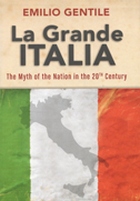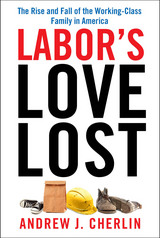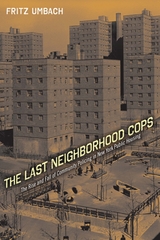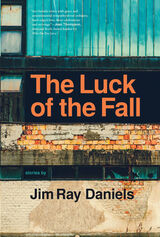5 start with L start with L

Gentile’s definition of “Italians” encompasses the whole range of political, cultural, and social actors: Liberals and Catholics, Monarchists and Republicans, Fascists and Socialists. La Grande Italia presents a sweeping study of the development of Italian national identity in all its incarnations throughout the twentieth century. This important contribution to the study of modern Italian nationalism and the ambition to achieve a “great Italy” between the unification of Italy and the advent of the Italian Republic will appeal to anyone interested in modern European history, Fascism, and nationalism.
Best Books for Special Interests, selected by the American Association of School Librarians, and Best Books for Regional General Interests, selected by the Public Library Association


The Last Neighborhood Cops reveals the forgotten history of the residents and cops who forged community policing in the public housing complexes of New York City during the second half of the twentieth century. Through a combination of poignant storytelling and historical analysis, Fritz Umbach draws on buried and confidential police records and voices of retired officers and older residents to help explore the rise and fall of the HAPD's community-based strategy, while questioning its tactical effectiveness. The result is a unique perspective on contemporary debates of community policing and historical developments chronicling the influence of poor and working-class populations on public policy making.

With a full range of narrative techniques, the fourteen stories in this volume explore the arcs people trace as they make their way in the world. Miles Wilson's compelling narrative presents characters at crucial moments in their trajectories, when the nature and outcome of their lives can be illuminated. Though built out of the texture of ordinary life, these stories concentrate their focus where the luminous intersects the commonplace.
Many of the stories are set in the American West, which often rises out of the background, virtually assuming the role of another character. In "Outsider," a fable of the artist and society is played out as a metaphysical western. "Wyoming" portrays a college professor, his career hanging by a thread, who meets an uncanny woman on a strange journey through a Wyoming blizzard. And in "Fire Season," a U.S. Forest Service firefighter undergoes an apocalyptic Santa Ana fire that takes him to the bewildering margins of the human and natural worlds.

READERS
Browse our collection.
PUBLISHERS
See BiblioVault's publisher services.
STUDENT SERVICES
Files for college accessibility offices.
UChicago Accessibility Resources
home | accessibility | search | about | contact us
BiblioVault ® 2001 - 2024
The University of Chicago Press









